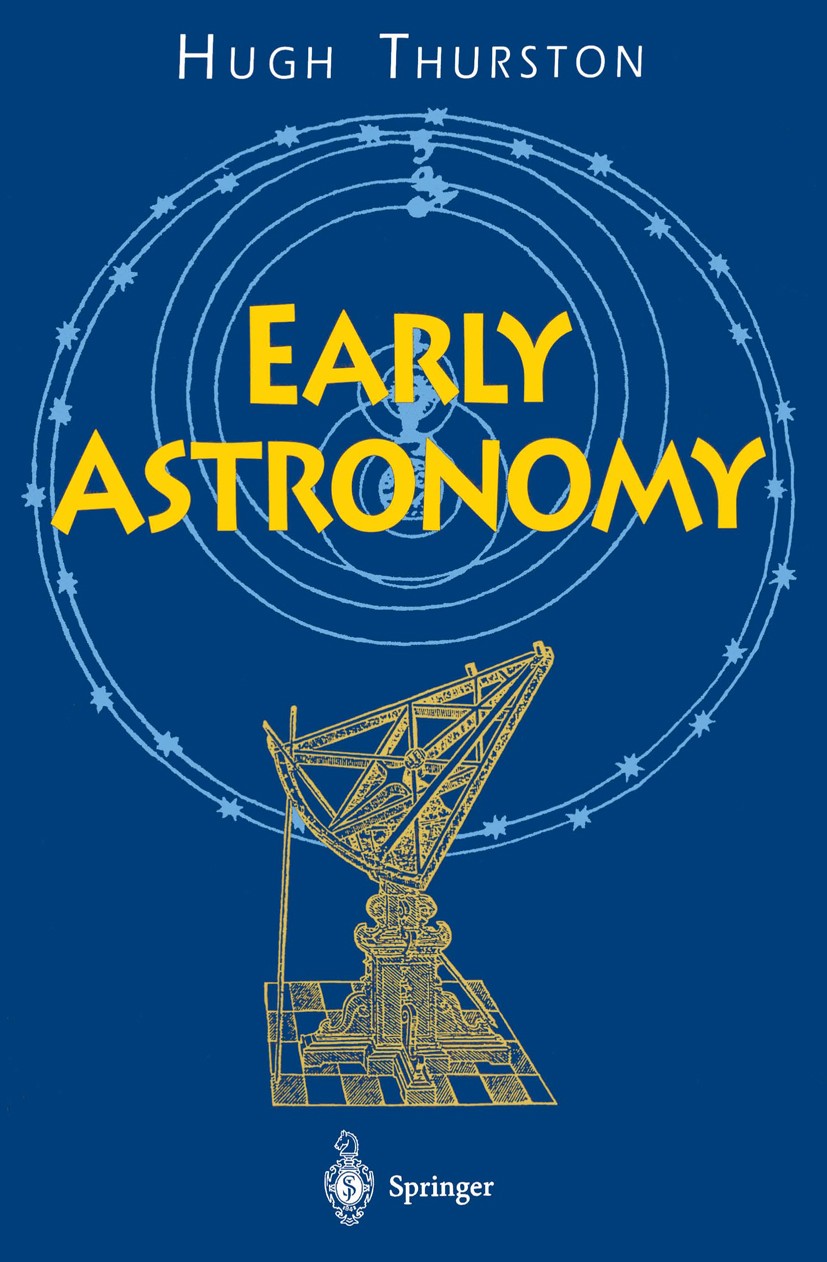| 书目名称 | Early Astronomy | | 编辑 | Hugh Thurston | | 视频video | http://file.papertrans.cn/301/300662/300662.mp4 | | 丛书名称 | Springer Study Edition | | 图书封面 |  | | 描述 | People must have watched the skies from time immemorial. Human beings have always shown intellectual curiosity in abundance, and before the invention of modern distractions people had more time-and more mental energy-to devote to stargazing than we have. Megaliths, Chinese oracle bones, Babylonian clay tablets, and Mayan glyphs all yield evi dence of early peoples‘ interest in the skies. To understand early astronomy we need to be familiar with various phenomena that could-and still can-be seen in the sky. For instance, it seems that some early people were interested in the points on the horizon where the moon rises or sets and marked the directions of these points with megaliths. These directions go through a complicated cycle-much more complicated than the cycle of the phases of the moon from new to full and back to new, and more complicated than the cycle of the rising and setting directions of the sun. Other peoples were interested in the irregular motions of the planets and in the way in which the times of rising of the various stars varied through the year, so we need to know about these phenomena, i. e. , about retrogression and about heliacal rising, to usc the technical t | | 出版日期 | Book 1994 | | 关键词 | astronomy; earth; planet; telescope | | 版次 | 1 | | doi | https://doi.org/10.1007/978-1-4612-4322-9 | | isbn_softcover | 978-0-387-94822-5 | | isbn_ebook | 978-1-4612-4322-9Series ISSN 0172-6234 | | issn_series | 0172-6234 | | copyright | Springer-Verlag New York, Inc. 1994 |
The information of publication is updating

|
|
 |Archiver|手机版|小黑屋|
派博传思国际
( 京公网安备110108008328)
GMT+8, 2025-11-13 21:30
|Archiver|手机版|小黑屋|
派博传思国际
( 京公网安备110108008328)
GMT+8, 2025-11-13 21:30


